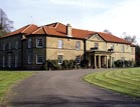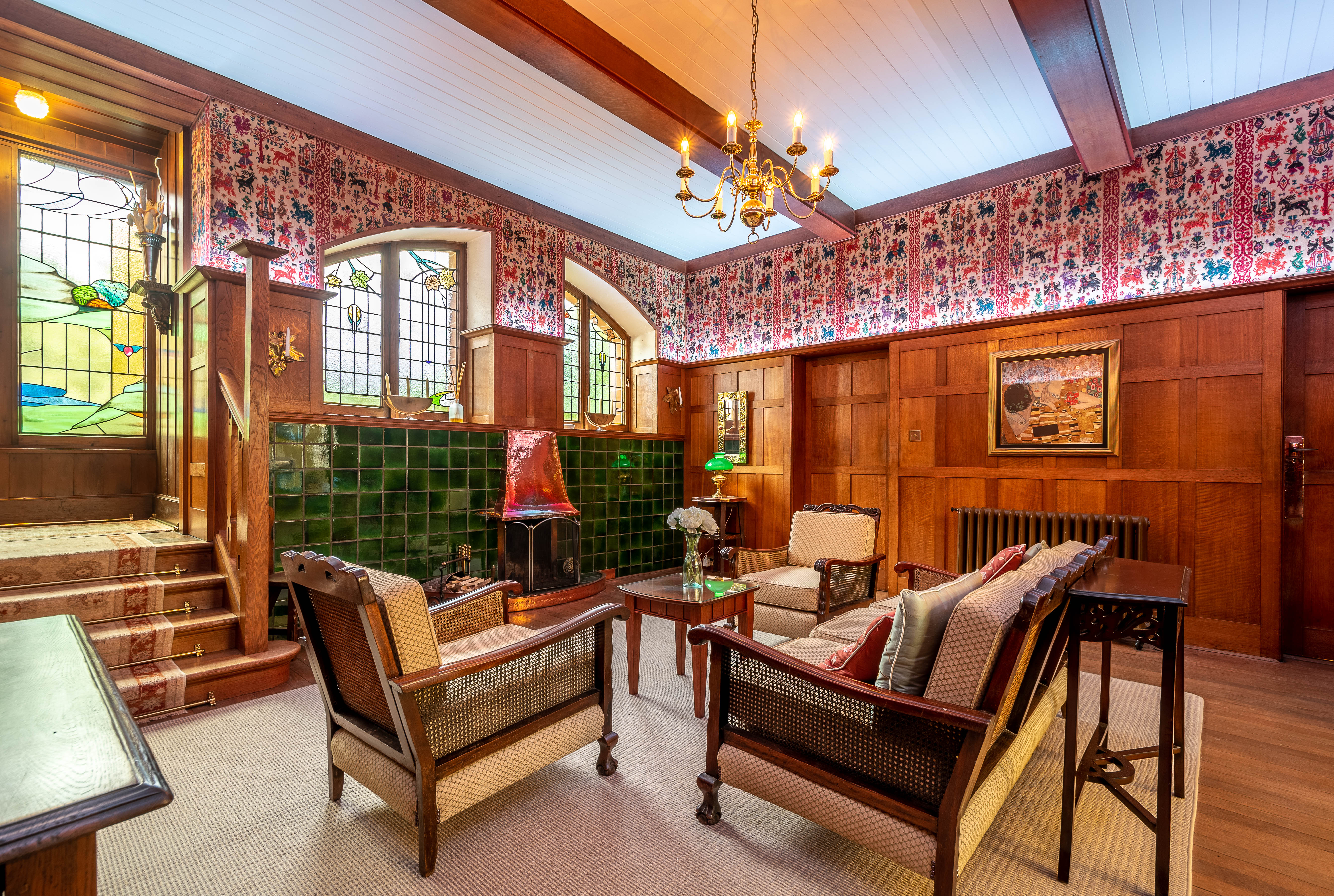Yorkshire Set in Stone
Centuries of history are evident in the very walls of these three elegant country properties


Only rarely does one of Yorkshire?s great sporting estates come onto the open market, so the sale of the idyllic, 2,633-acre Thimbleby estate on the edge of the Hambleton Hills, eight miles from Northallerton, is bound to cause some excitement?with Carter Jonas (01423 707806) inviting offers ?in excess of £7 million?.
But Thimbleby has had its fair share of excitements over the years?in good times and bad - since it was first mentioned in Domesday as belonging to the Kings of the Manor of Northallerton, and then granted to the Bishop of Durham, with part of the lands being gifted to Rievaulx Abbey.
In the late 12th century, Bishop Hugh Pudsey granted Thimbleby Manor to his steward Philip Colville, after which it remained in the Colville family until 1418, when Sir John Colville was executed for treason at York (an event mentioned in Shakespeare?s Henry IV Part II). The estate then passed via the Wandesfords to the Peirse family of Hutton Bonville. They built the present Georgian hall, which was extended in Victorian and Edwardian times, then drastically reduced in the 1920s, when a complete storey was removed from the centre block.
More recent owners have restored the hall, listed Grade II, which now has five elegant reception rooms, five main bedrooms, three bathrooms and a separate south wing, plus a coach house and stable block. Sheltered by a dense bank of woodland, the house is set among formal lawned gardens, looking out over its ornamental lake and parkland towards Thimbleby village beyond.
The secluded Thimbleby estate?s unique topography makes it ideal for high pheasant, partridge and grouse shooting, and the estate is widely recognised as being one of the finest high-bird shoots in the region. The 1,334-acre grouse moor is being regenerated under a Countryside Stewardship Scheme, with
commercial woodland and other acreage providing sporting rights over a further 558 acres. The superbly equipped, 743-acre Home Farm is run on a contract-farming basis, and includes a farmhouse, three cottages and two barn conversions.
The ruins of Yorkshire?s great medieval abbeys form a dramatic backdrop to some of the county?s finest country houses, and, in many cases, even provided the materials used to build them. As is the case with the Thimbleby estate, more than one historic house currently on the market owes its existence to the redistribution of abbey lands and wealth at one time or another.
Sign up for the Country Life Newsletter
Exquisite houses, the beauty of Nature, and how to get the most from your life, straight to your inbox.
The ruins of Jervaulx Abbey, six miles south of Middleham, although less spectacular than those of Fountains and Rievaulx, have a quiet charm which enhances that of nearby Jervaulx Hall, one of North Yorkshire?s most picturesque country houses. For sale through Knight Frank (0113 297 9040) at a guide price of £1.55m, Jervaulx Hall, listed Grade II, stands in 8.5 acres of formal gardens, pasture and woodland, dominated by a massive Wellingtonia, and has wonderful views not only of the abbey ruins to the south east, but east over the river and valley towards Thornton Steward and beyond.
The house has four main reception rooms, eight bedrooms and seven bathrooms, plus a converted coach house and its original 16th-century gatehouse.
Carter Jonas, meanwhile, quote a guide price of £1.5m for Grade II-listed, 16th-century Low Hall at Nether Yeadon, on the north-west outskirts of Leeds, the site of which was part of nearby Esholt Priory until the Dissolution, when it was acquired by one Edward Hoppey.
Another link with the former Cistercian nunnery is the lovely stone porch rescued from the ruins by William Sale, whose initials, and the date 1658, are inscribed just below the oriel window.
Set in 3.4 acres of splendid, south-facing, gardens and grounds, Low Hall has luxurious accommodation on three floors, including four reception rooms, a garden room, a breakfast kitchen, a sitting room, master and guest suites, seven further bedrooms, four further bath/shower rooms, and a cinema/bar room. There is also a separate self-contained apartment.
This article was originally published in Country Life magazine, June 2, 2005. To subscribe click here.
Country Life is unlike any other magazine: the only glossy weekly on the newsstand and the only magazine that has been guest-edited by HRH The King not once, but twice. It is a celebration of modern rural life and all its diverse joys and pleasures — that was first published in Queen Victoria's Diamond Jubilee year. Our eclectic mixture of witty and informative content — from the most up-to-date property news and commentary and a coveted glimpse inside some of the UK's best houses and gardens, to gardening, the arts and interior design, written by experts in their field — still cannot be found in print or online, anywhere else.
-
 Seven of the UK’s best Arts and Crafts buildings — and you can stay in all of them
Seven of the UK’s best Arts and Crafts buildings — and you can stay in all of themThe Arts and Crafts movement was an international design trend with roots in the UK — and lots of buildings built and decorated in the style have since been turned into hotels.
By Ben West
-
 A Grecian masterpiece that might be one of the nation's finest homes comes up for sale in Kent
A Grecian masterpiece that might be one of the nation's finest homes comes up for sale in KentGrade I-listed Holwood House sits in 40 acres of private parkland just 15 miles from central London. It is spectacular.
By Penny Churchill